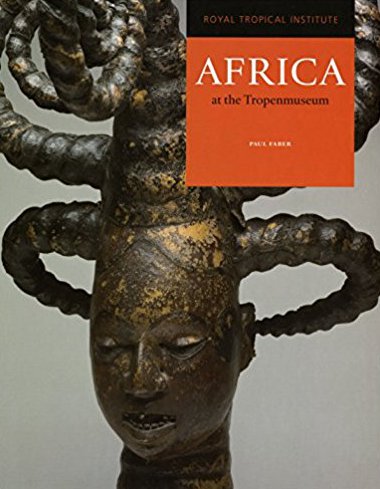Description
Description
Africa at the Tropenmuseum is not meant to be a general book on art from Africa, but rather a treatise on the formation and development of a specific Africa collection, which started at the beginning of the twentieth century with the fusion of the collections of the Colonial Museum in Haarlem, and the ethnographic collection of Artis, the Amsterdam Zoo. Many early objects were lost again, before Africa was formally integrated in the Tropenmuseum’s policy in 1950, when the colonial phase of the museum was concluded. The following decades saw several changing objectives, from an emphasis on development cooperation towards an orientation on art and culture. Collection policies followed, focusing on daily household objects, popular art and contemporary art and design. The result is a fragmented but vivid collection that gives access to many forms of African art and culture as well as to the mindset of European collectors, researchers, and museum workers. This richly illustrated book emphasizes this historical context and the way the objects were collected and presented to the public to this day.
Series
This is the third volume of a series of ten books that discuss the collections of the Tropenmuseum and the histories and stories that accompany them. The books elucidate the often hidden backgrounds of a museum collection, discussing objects within their original context, social histories and their contemporary meaning. The emphasis lies on the history of the specific museum collection, with its different collecting and presentation practices placed in a particular time and place. Each volume is richly illustrated with objects and photographs from the Tropenmuseum collection.
